
Developed for Excellence

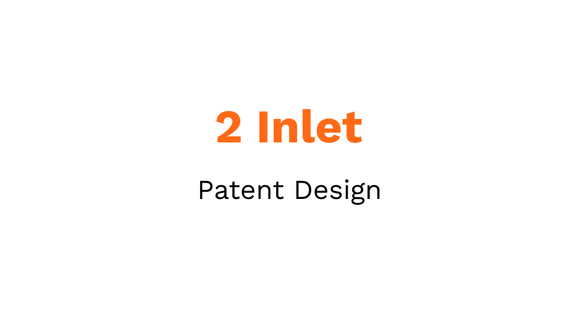
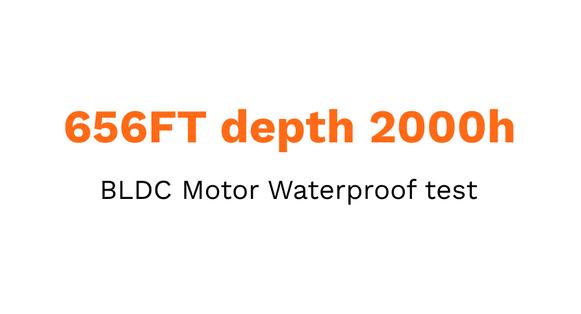
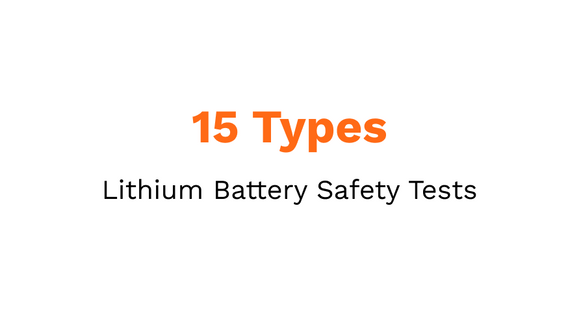
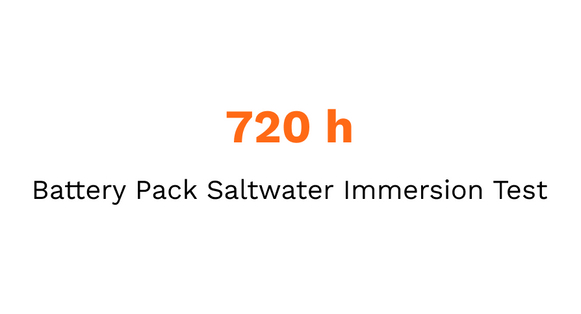
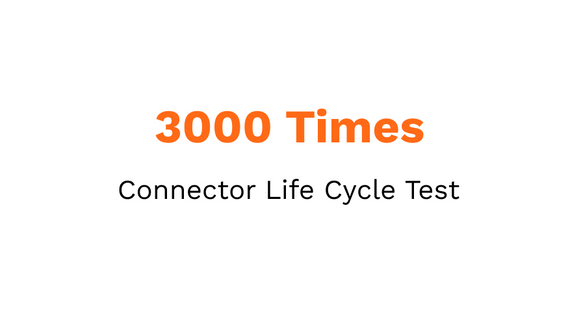
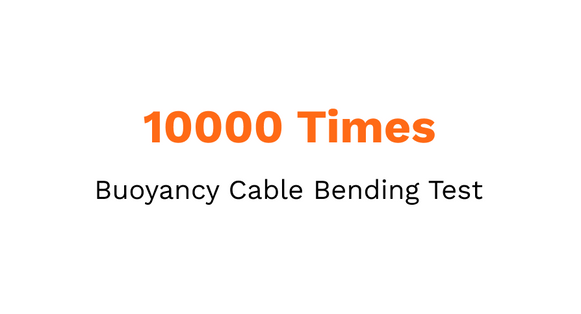



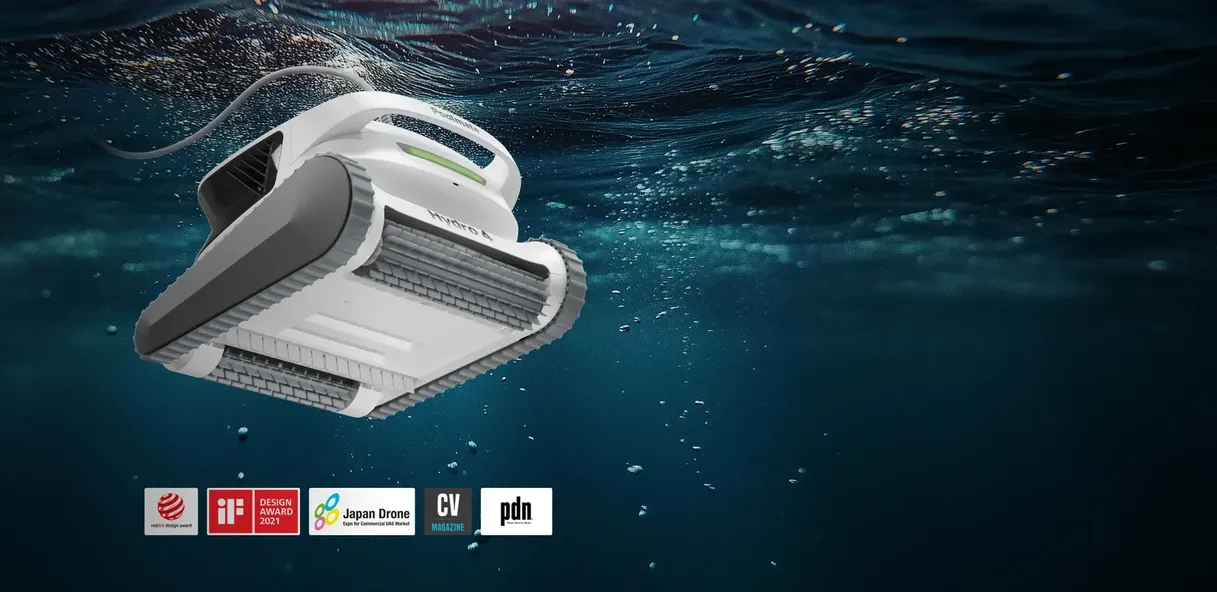
Dual-Power Innovation
Poolmate Hydro 4
Robotic Pool Cleaner
·Dual-power Mode: Battery & corded mode.
·Anti-resonance Algorithm: Full coverage, Maximized efficiency.
·Automatic Cleaning: pool walls, floor, and lateral waterline.
·Dual Inlet + Turbo Pump: Powerful cleaning.
·Superior Suction: 5,070 GPH suction power.
·Hydro-cloud Technology: Monitor and manage by Bluetooth and WiFi.
·Poolmate App: Easy remote control.
·High-capacity: 4.1L dual-zone filtration.
Sign Up Newsletter
Subscribe to get extra $20 off now!
Products
Basic Info
Support
Policy
Events
Contact Us
Copyright © 2024 CHASING TECHNOLOGY (USA), LLC. All rights reserved.
